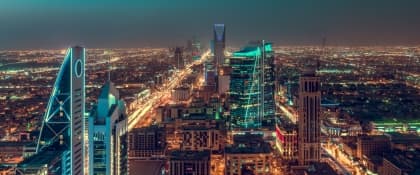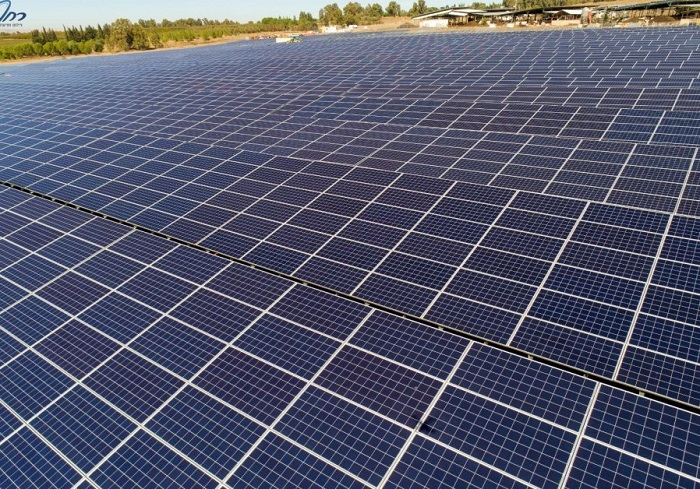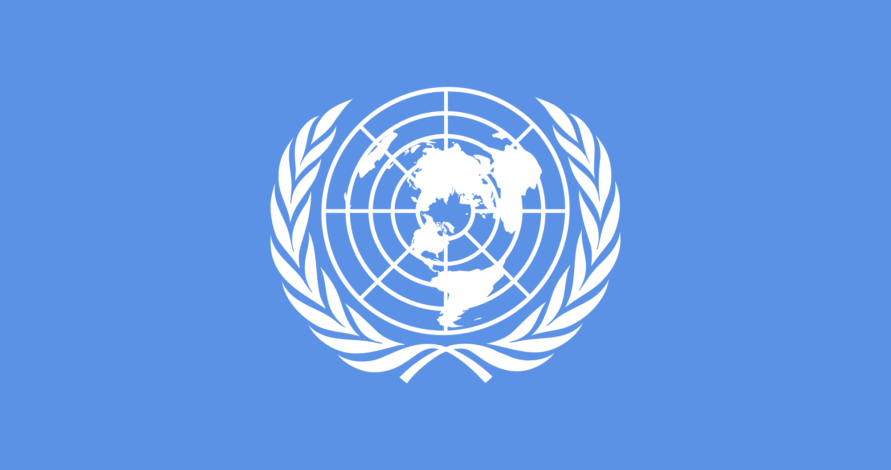Despite bullish fundamentals this week that saw over 8 million barrels shaved off US inventories, shrinking OPEC production in July, a force majeure declaration by Libya, and continuing tensions in the Persian Gulf, oil prices saw the largest daily loss in years on Thursday after President Donald Trump tweeted that his administration would be putting a “small additional tariff of 10 percent” on the remaining $300 billion of Chinese goods and products coming to the US.
Did US oil giants just score big in China?
It’s a brilliant turn of events for Western oil giants: China gets punished for importing Iranian oil in violation of US sanctions, while its own oil production has been in steady decline for years against the backdrop of increasing consumption. It needs to produce more oil, and the answer to that is now to open its upstream exploration to foreign investors for the first time ever.
This will be seen as the one silver lining for oil majors in an environment of ever-intensifying sanctions and tariffs.

China has now officially scrapped its joint venture restrictions. The decision was made earlier this month and went into effect, officially, on July 30th. What it means is that foreign oil and gas companies face no restrictions on ownership that would require them to enter into a JV with a Chinese partner. In other words, they can operate as fully-owned entities. That’s a game-changer.
A couple of decades ago, China could meet its own oil needs. This year, it is expected to produce an average of 4 million barrels per day, or maybe lower as its oil fields age and become expensive to tap.
The strong push to attract additional investments in its oil industry is not entirely unexpected, in part because it is susceptible to price swings and supply disruptions due to its heavy imports, and because it is lagging behind the US in terms of technical know-how for tapping into unconventional oil.
China’s big three state-run oil companies have planned to spend tens of billions over the next few years to keep producing in increasingly unprofitable fields. Alternatively, it can continue to pay through the nose to import oil – but this leaves China’s energy security at risk, especially given the blowback from importing Iranian crude.
That’s a decisive victory for Western big oil, at least on paper.
A deeper look into Saudi Aramco’s wasted money: The NEOM Solar disaster
We’ve talked about the Saudi Crown Prince’s massive ego trip project before. It’s NEOM, and the first phase of the project, which cost $8 billion, is complete. The entire project has now been documented in a 2,300-page report detailed by the WSJ.
The entire futuristic city-state project will cost the Crown Prince $500 billion as he seeks to turn this huge piece of desert into the best city in the world. That would mean extreme automation (think: flying taxis, robot maids, glow-in-the-dark beaches, cloud seeding for rain, hologram schools, an artificial moon), around-the-clock surveillance …. and anything else the Crown Prince thinks would attract the wealthiest of the wealthy.
The entire city is meant to be powered entirely by solar and wind energy.
With $492 billion to go, there is every reason to be skeptical.
The NEOM solar project reflects an amount of electricity that is at least 10 times more than what Saudi Arabia needs. And it’s not likely to attract foreign investment because there are no quantifiable investment criteria. Their only real chance is attracting Chinese money because it would be akin to buying diplomacy, which does not hinge on normal investment criteria.
Further, such a large-scale solar project in the desert will face major challenges beyond the financial. On a technical level, the desert sand built up will be extreme and require manual cleaning of panels, while sophisticated electronics will face continual breakdown in this climate.
Recently, the Saudi sovereign wealth fund benefitted from the sale of shares of Sabic to Aramco (a forced sale that made no sense for Aramco). That money will be plowed into NEOM and represents around $70 billion.
That, then, brings the necessary investment to $78 billion, in the best-case scenario, leaving MBS about $420 billion shy of his desert city audacity.






